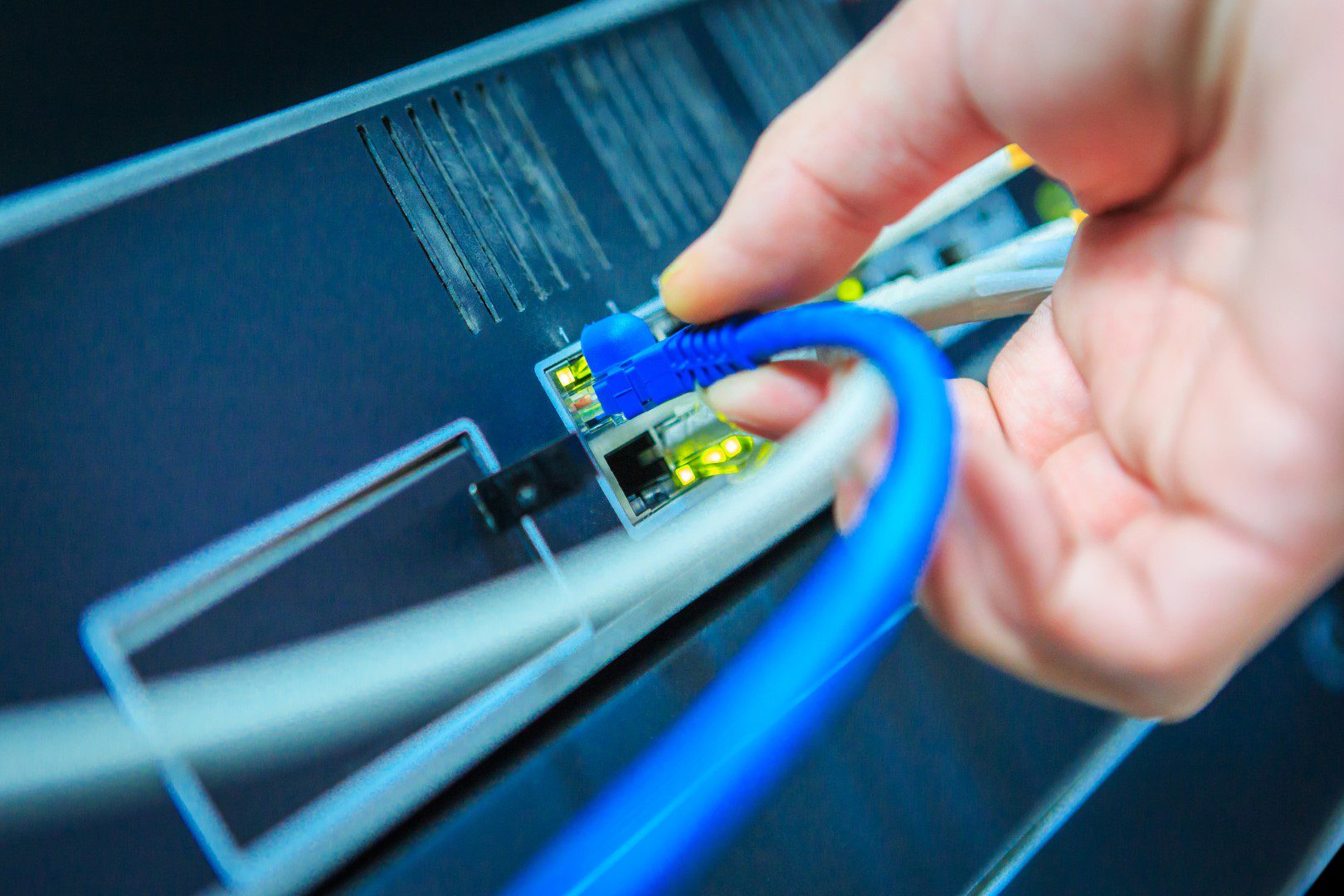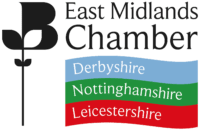Juno Telecoms presents Generic Ethernet Access (GEA), a streamlined and cost-effective Ethernet-based technology, perfect for growing smaller businesses. Utilizing the existing copper infrastructure for the initial connection between premises and the cabinet, then transitioning to fibre from the cabinet to the exchange, GEA offers an efficient leased line internet connection.

Generic Ethernet Access (GEA) is an entry-level, Ethernet based technology, utilizing existing copper infrastructure to provide an efficient and cost-effective leased line internet connection.
This broadband connection harnesses copper infrastructure technology between the premises and the cabinet, then fibre from the cabinet to the exchange before transferring data to the Ethernet network.
By utilizing copper and fibre as the initial transit technology, the installation costs and times of GEA are much reduced compared to other Ethernet-based broadband connections. By using Ethernet fibre, this technology can achieve high symmetrical speeds of 20Mbps, making Generic Ethernet Access an ideal business broadband solution for growing smaller businesses.
A GEA connection is particularly suitable for businesses that require a high download speed but where upload speeds are not mission critical.
The infrastructure set up for a GEA configuration is very similar to that of Fibre-to-the-Cabinet (FTTC). In fact, Generic Ethernet Access is also known as EoFTTC or Ethernet over FTTC. It uses the existing copper cabling from the cabinet to your premises. However, the main difference between GEA and FTTC is that whilst FTTC uses fibre cabling to get services to the cabinet, GEA uses a higher speed Ethernet network, to achieve true business-grade FTTC.
WLR PSTN & ISDN services will be switched off by 2025. Broadband connectivity in the WLR world used the existing analogue phone line with an internet broadband service added on top. Thus, traditional broadband services required two products: a telephone line (analogue circuit) and the broadband.service. Now you just need one – SoGEA, hence the Single Order Generic Ethernet Access.
SoGEA is a product that enables users to purchase a broadband connection without a phone line (voice service). However many businesses will still require voice communications. But as Openreach switches off its PSTN & ISDN network anyone who uses an analogue line will see their analogue phone lines discontinued. Anyone with a security or lift alarm that is linked to a phone line will have to consider other options like 4G/5G, or IP based solutions. If they want to continue with their voice services, then they will require a VoIP application such as SoGEA Voice or PhoneLine+. Contact Juno to discuss the options in order that you can retain your numbers post the ISDN and WLR switch off.
It is important to note that if your business is internet critical and you rely on high-speed data transmission, then Fibre-to-the-Cabinet may not be the best option for you for several reasons.
Firstly, an FTTC connection is a contended service. This means that your business will be sharing bandwidth not just with other businesses, but also with the public. When the exchange gets congested at peak times, you will experience slowdowns or increased latency, based on the usage of others on the shared line.
Secondly, standard FTTC does not come with a Service Level Agreement (SLA). This means that there is no guaranteed uptime, fix time estimates and service guarantees. FTTC is basically treated like an ADSL connection in terms of fix-time.
FTTC will, however, be substantially cheaper than GEA, so if internet access is not critical for your business, and your usage tends to be extremely light, Fibre-to-the-Cabinet broadband is a good option.
Generic Ethernet Access can offer higher speeds than FTTC connections but for very similar costs. The base technology is 80/20MB Fibre-to-the-Cabinet connection, however, most providers turn this into a symmetrical 20/20MB. On paper, these figures look very similar to broadband, however, because GEA connection is symmetrical, rather than asymmetrical, this means that data transfer happens at the same speed each way, with usage not affecting the other direction. This is the same as a 20Mb fibre leased line but for half the price tag.
GEA’s symmetrical connection means that employees who are working remotely can access files on the business network without any issues. You will also be able to use IP-based voice and video conferencing without it impacting the downstream bandwidth.
On top of the higher speed benefits, GEA also offers connections to other services such as VoIP and VPN (Virtual Private Network) connections, among other services.
GEA is an uncontended managed service, which means that your provider actively monitors the connection, giving you peace of mind in case of a fault. The managed nature of this service leads to the major advantage of GEA, which is the service level agreement, resulting in far higher reliability, and extremely fast response times to any issues you may encounter.
Furthermore, GEA installation can take place in a very short lead time when compared to other options. For existing broadband customers upgrades to a GEA connection can be provided within a matter of days. Normally, GEA can be connected within two weeks, as it takes advantage of pre-existing fibre infrastructure, rather than having to lay large quantities of new cable.
While Generic Ethernet Access is considerably more expensive than standard business broadband, it is by far the cheapest ethernet network internet solution, with very low installation costs, and competitive monthly fees, making it a very attractive option for smaller growing businesses.
Gain insights from our latest blog posts. These articles are packed with expert tips and updates in telecommunications to help you stay ahead.
For general enquiries, please contact us using the details below, or fill out the enquiry form.










We specialise in enhancing business connectivity with cutting-edge technology and personalised services, ensuring your business stays connected.
Company No: 04952400
Are you looking for a new website? Contact Outrank Today
